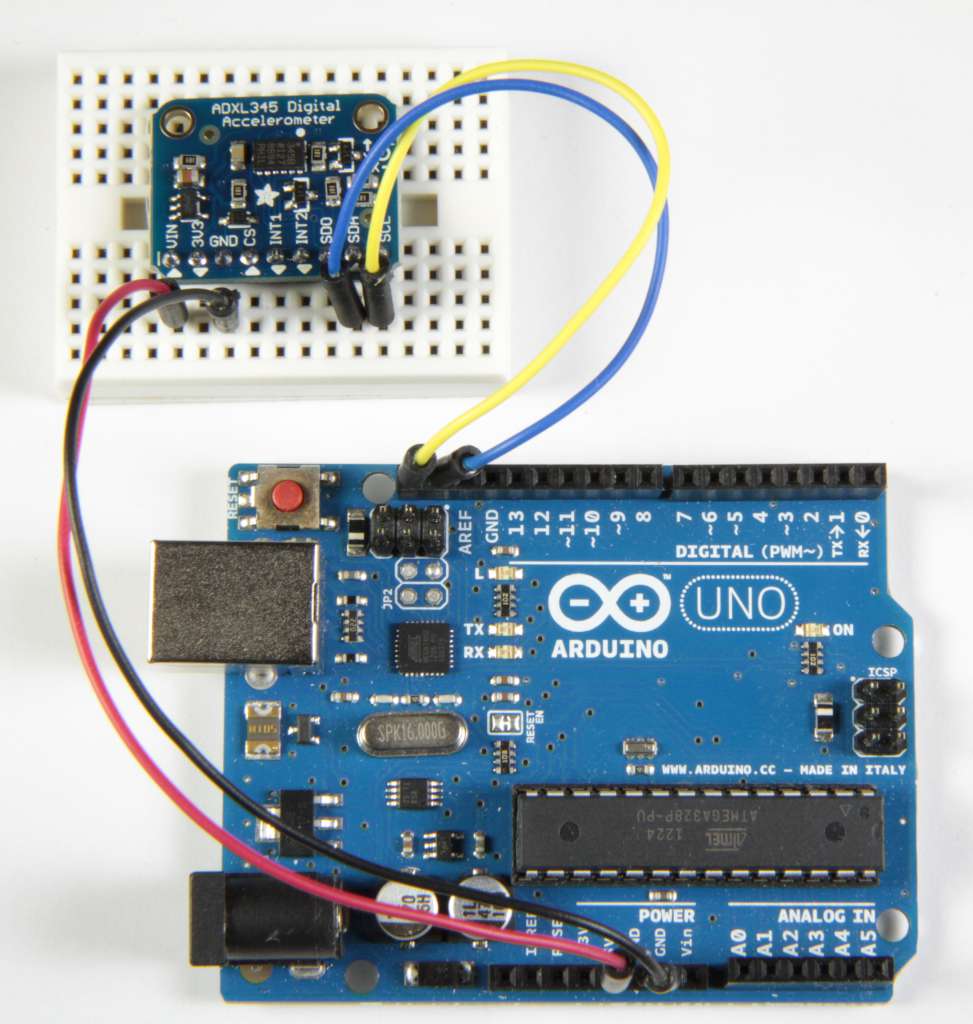- Subscribe to RSS Feed
- Mark Topic as New
- Mark Topic as Read
- Float this Topic for Current User
- Bookmark
- Subscribe
- Mute
- Printer Friendly Page
- « Previous
- Next »
Interface Labview Arduino IMU 9DoF I2C
12-17-2015 06:57 PM
- Mark as New
- Bookmark
- Subscribe
- Mute
- Subscribe to RSS Feed
- Permalink
- Report to a Moderator
Complicated is relative. If you are familiar with I2C, Arduino code, and LabVIEW, I'd say it's not that complicated. To port the code to LabVIEW you would need to look at the libraries for the sensors that you are trying to port. Effectively, you recreate the functions using the LINX I2C VI's instead of the Arduino I2C functions.
Also, you should use LINX for interfacing with Arduino since LIFA is old and unsupported.
12-21-2015 04:16 PM - edited 12-28-2016 05:24 AM
- Mark as New
- Bookmark
- Subscribe
- Mute
- Subscribe to RSS Feed
- Permalink
- Report to a Moderator
none
12-21-2015 07:02 PM
- Mark as New
- Bookmark
- Subscribe
- Mute
- Subscribe to RSS Feed
- Permalink
- Report to a Moderator
Is it complicated to do the conversion from ARDUINO code to LABVIEW code?
I already answered that question above.
Can you do it for me?
No. I don't have any hardware to be able to test it nor do I have a bunch of time to dedicate to something like this. Sorry.
P.S. You can find LINX at http://www.labviewmakerhub.com/linx (When you get working with LINX, you should post further questions on the LINX forum).
12-22-2015 04:20 AM - edited 12-28-2016 05:25 AM
- Mark as New
- Bookmark
- Subscribe
- Mute
- Subscribe to RSS Feed
- Permalink
- Report to a Moderator
none
07-22-2016 08:49 AM
- Mark as New
- Bookmark
- Subscribe
- Mute
- Subscribe to RSS Feed
- Permalink
- Report to a Moderator
 this
this
The ADXL345 Breakout has an I2C address of 0x53. It can share the I2C bus with other I2C devices as long as each device has a unique address. Only 4 connections are required for I2C communication:
- GND->GND
- VIN->+5v
- SDA->SDA (Analog 4 on "Classic Arduinos")
- SCL->SCL (Analog 5 on "Classic Arduinos")
The Adafruit breakout has level shifting and regulation circuitry so you can power it from 3-5V and use 3V or 5V logic levels for i2c
05-01-2017 04:22 PM
- Mark as New
- Bookmark
- Subscribe
- Mute
- Subscribe to RSS Feed
- Permalink
- Report to a Moderator
Hello,
Thank you for LabVIEW vi. Could you please share LabVIEW Projet for this code
- « Previous
- Next »
